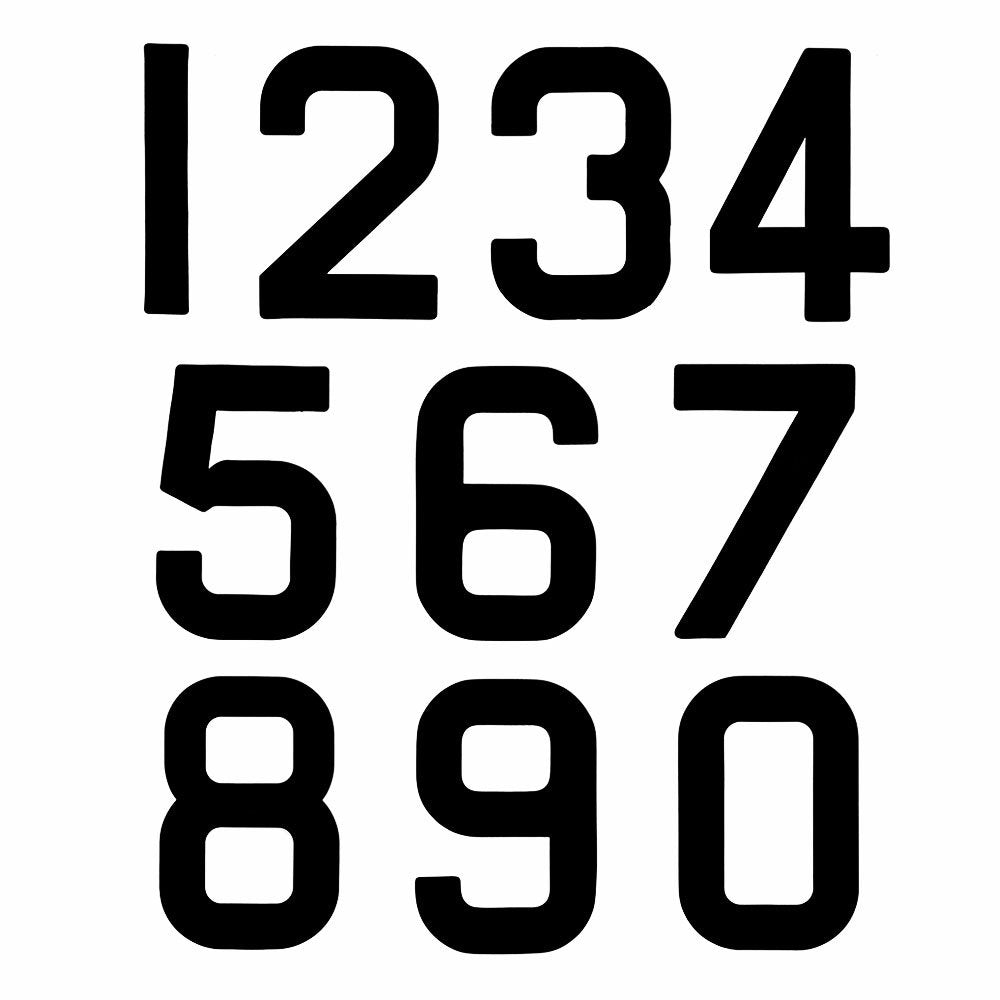For years I hated light winds. I was always pretty decent in strong winds, but thought it was impossible to get better when the wind went below 10 knots. After spending quite a bit of time working on it though, I finally began to enjoy sailing with my backside not over the gunwale. Now I’ll share a couple of things which helped me improve in sub-hiking conditions. However, this isn't going to be a setup guide, there are plenty of good ones already out there - like this one from ILCA/ISA. Here I'm hoping to give you a few secrets which aren't that readily available.
Hiking Strap Pressure
I know this subheading may sound like a paradox - how am I supposed to put pressure in the hiking strap in light winds? Trust me, I’m not trying to mess with you. Whenever possible, you should be trying to put ‘upwards’ pressure in to the boat, as if you were hiking, to help yourself ‘lock in’ to the movements of the boat, and be able to feel the boat better. Success in light air ultimately comes down to how well you can ‘feel the boat’, so you need to be doing everything possible to improve your boat feel.
Mainsheet Tension
Given the importance of every little puff and lull, and the influence they play on your boat speed when going slowly, being able to trim the mainsheet accurately to make the most of the changes of pressure is very high on the priority list. As a general rule of thumb, your mainsheet should be getting closer towards ‘block to block’ as your rear end gets further over the side of the boat. Once your bum is over the gunwale completely, that’s the point where you should be fully sheeted on. Before that point though, you should be aiming to adjust your mainsheet as accurately as possible to every gust and lull - on a few ratchet clicks in each gust, and off a few ratchet clicks in each lull. You’ll see many of the world’s best operating in a very small ‘mainsheet range’ in light air, and that just comes down to their accuracy in navigating pressure changes.
Vang Tension
Many people think that light winds means you need less vang tension, and that’s true, but not entirely. A good baseline level is to pull your mainsheet on block-to-block, and then take all the slack out of your vang. You want to make sure that your traveller blocks are all the way out when doing this! Very rarely will you want to use less vang than this going upwind, but in most situations, especially if you’re not yet hiking, it can help to pull on a bit more than this. The purpose of pulling on more vang is to bend the mast, which in turn pushes the centre of effort of the sail towards the aft of the boat. Doing so creates more ‘weather helm’ which allows you to feel the boat better in light air.
Traveller Tension
In light air, trying to get good leech tension is one of the pillars of good boat speed. With that in mind, if your traveller blocks aren’t fully in the corner of the boat, or are rising a little, you’re going to be bleeding power from the sail. When setting up your traveller, to be able to get the most pulling power on the traveller line, you need to make sure the ‘triangle’ of the traveller is as small as possible when you tie a half hitch in it. Additionally, trying to get the tiller as low to the deck as possible also helps. You’ll see many top sailors sanding the stock of their carbon tillers, or making ‘wedges’ to stick on top of it to help get the tiller lower.
Relax
This last tip doesn’t have much to do with setting up the boat, but if you’re sailing around with a lot of tension in your body, it’s going to be difficult to feel all of the sensations coming through the boat. Have a light grip on the tiller extension, take deep breaths, maintain a good posture, and then you can enjoy the fact that you don’t have to hike :)


